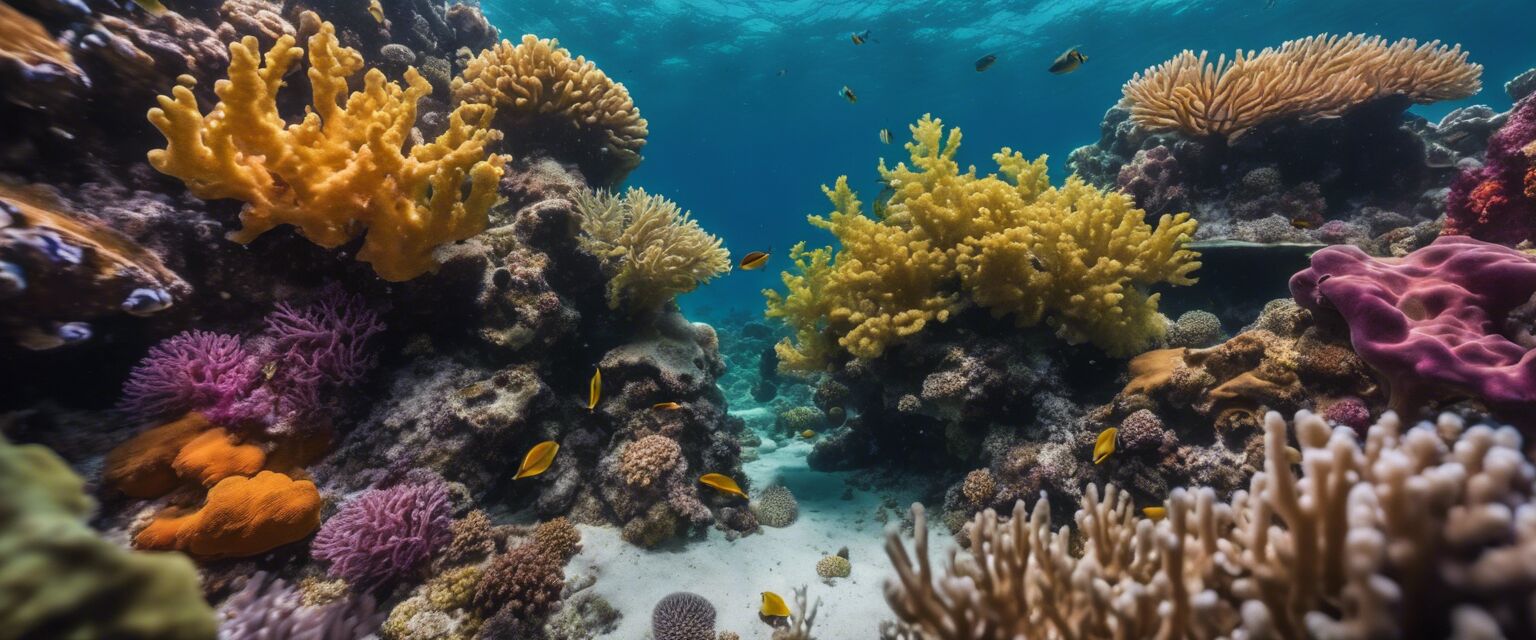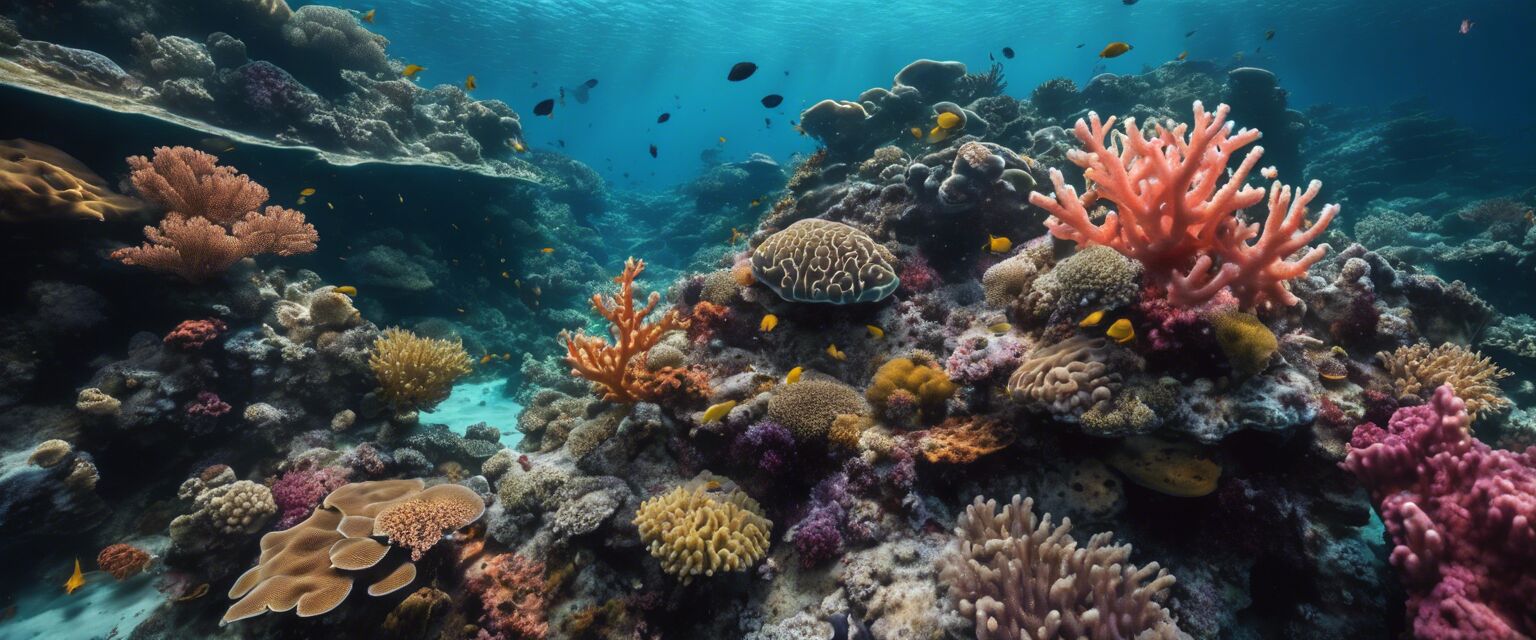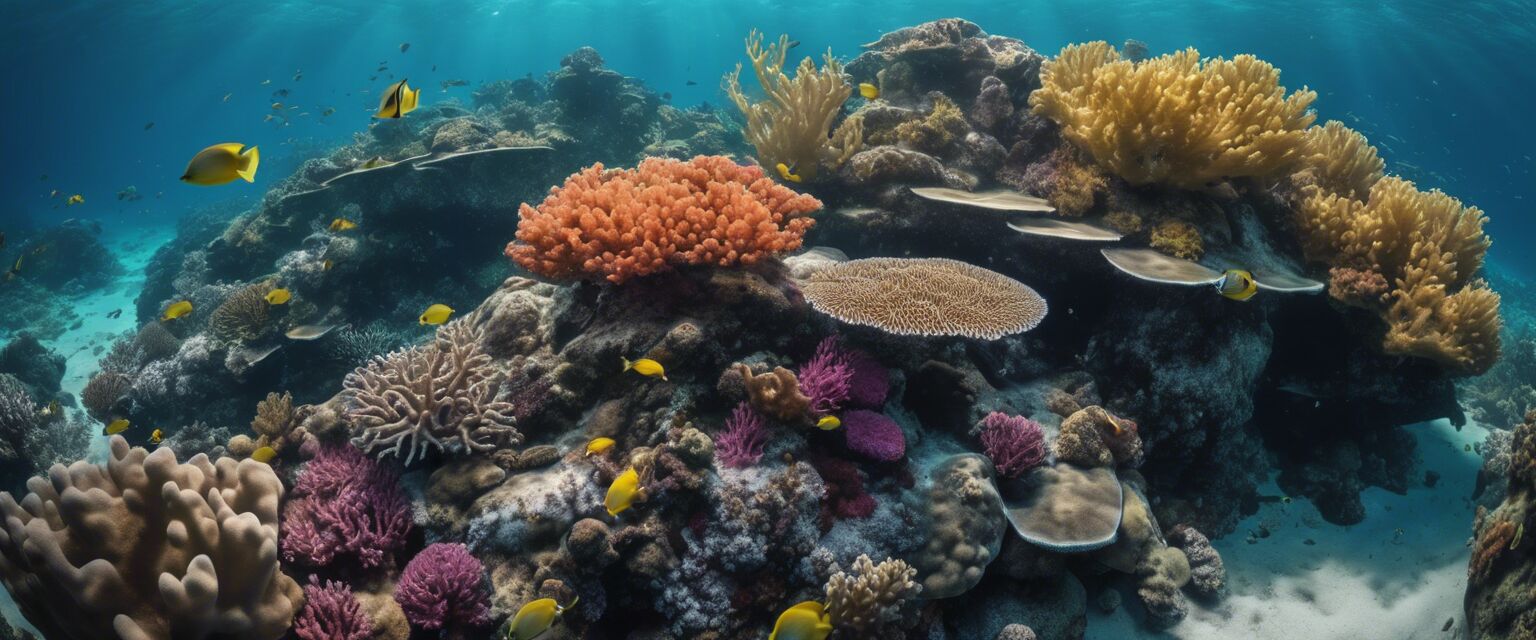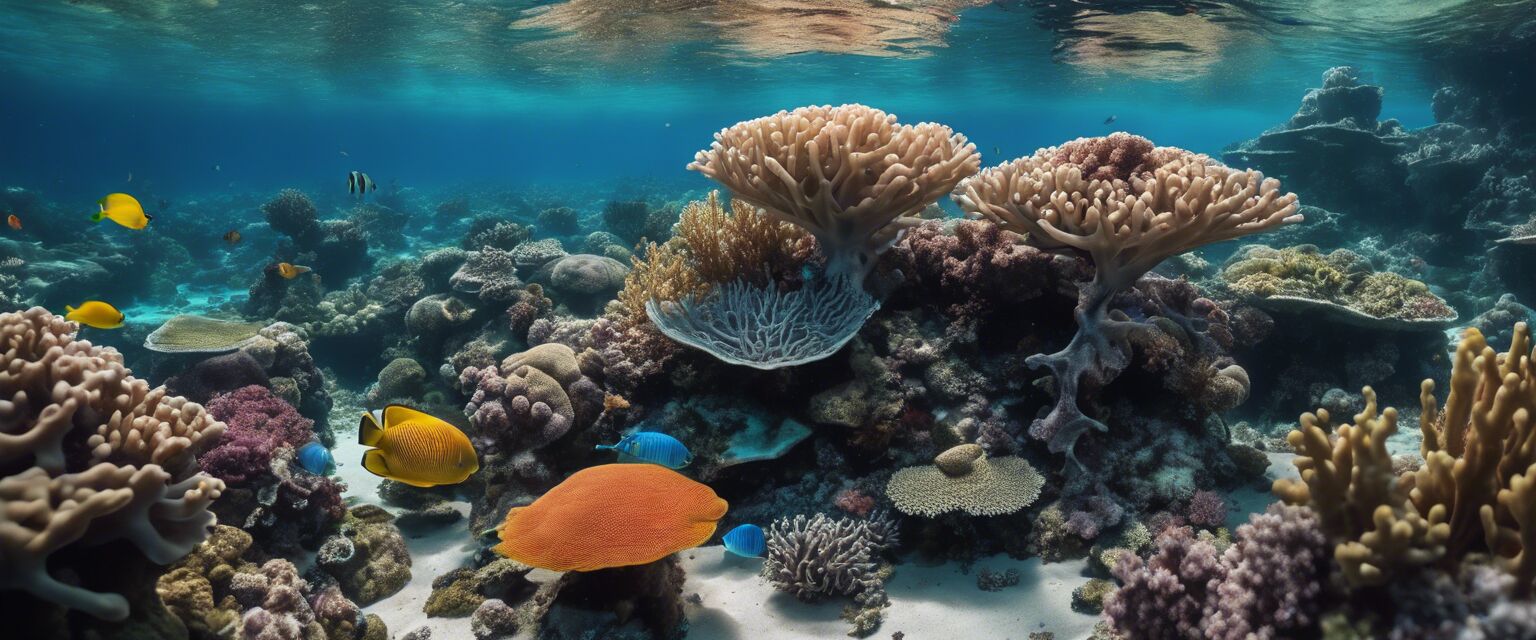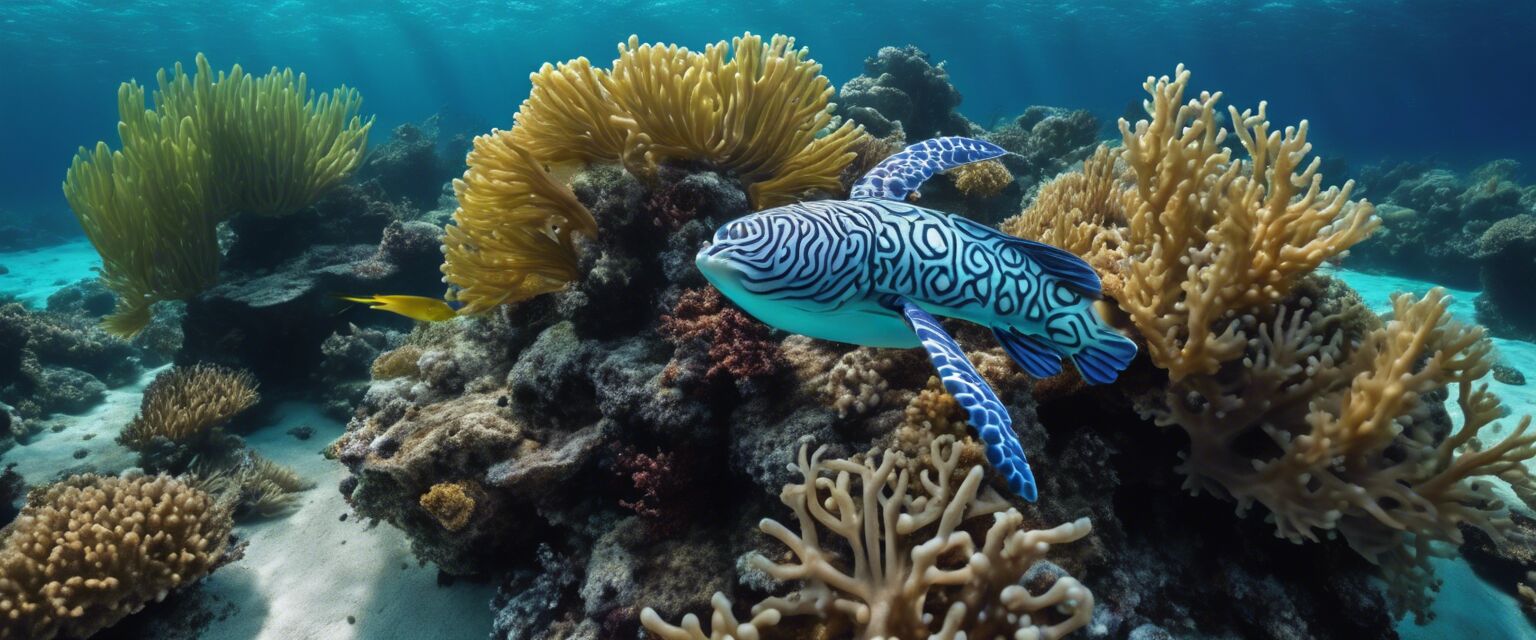
Underwater Camera Settings
Key Takeaways
- Understand the importance of various camera settings for different underwater conditions.
- Adjust ISO, shutter speed, and aperture based on lighting and depth.
- Utilize white balance settings to enhance color accuracy in underwater photography.
- Familiarize yourself with specific settings for macro, wide-angle, and low light photography.
Capturing stunning images of marine life requires not just skill but also the right equipment and settings. Whether you're a professional photographer or a passionate hobbyist, understanding how your camera interacts with the underwater environment is key to getting the best shots. In this guide, weâll explore the best camera settings for various underwater conditions to help you achieve breathtaking results.
Understanding underwater photography
Underwater photography presents unique challenges due to factors like light absorption, water clarity, and the movement of subjects. To mitigate these challenges, it's essential to familiarize yourself with the basic settings of your camera. Below, we will discuss the critical settings to adjust based on the underwater conditions you encounter.
Camera settings overview
| Setting | Description | Recommended Value |
|---|---|---|
| ISO | Sensitivity to light | 100-800 (depending on depth) |
| Shutter Speed | Controls motion blur | 1/125 - 1/1000 seconds |
| Aperture | Controls depth of field | f/4 - f/11 |
| White Balance | Corrects color temperature | Custom or preset settings |
Best settings for different underwater conditions
Underwater environments can vary significantly, influencing how you should set your camera. Below are recommended settings for various conditions:
1. Clear water conditions
In clear water, you can take advantage of natural light. Here are the ideal settings:
- ISO: 100-200
- Shutter Speed: 1/125 - 1/500 seconds
- Aperture: f/8 - f/11
- White Balance: Daylight or Custom

2. Turbid or murky water conditions
When dealing with murky water, you may need to adjust settings to capture better images:
- ISO: 400-800
- Shutter Speed: 1/60 - 1/125 seconds
- Aperture: f/4 - f/5.6
- White Balance: Custom for clarity
3. Low light conditions
For low-light scenarios, such as deep dives or night photography, you'll want to maximize light intake:
- ISO: 800-1600
- Shutter Speed: 1/30 - 1/60 seconds
- Aperture: f/2.8 - f/4
- White Balance: Custom or Tungsten

4. Macro photography settings
When photographing small subjects like fish or coral, these settings work best:
- ISO: 200-400
- Shutter Speed: 1/125 - 1/250 seconds
- Aperture: f/8 - f/16
- White Balance: Custom
5. Wide-angle photography settings
Wide-angle shots require a different approach to capture expansive underwater scenes:
- ISO: 100-200
- Shutter Speed: 1/125 - 1/500 seconds
- Aperture: f/8 - f/11
- White Balance: Daylight

Tips for better underwater photography
Beginners Section
- Practice buoyancy control to get stable shots.
- Use a red filter to enhance colors in deeper water.
- Get close to your subject to reduce the effects of water distortion.
- Experiment with angles to create more dynamic compositions.
- Always check your gear before entering the water.
Conclusion
Mastering underwater camera settings is crucial for achieving stunning images of marine life. By understanding how various conditions affect your photography, you can adjust your settings accordingly and capture the beauty of the underwater world. For more tips and guides, check out our other resources on photography guides and editing software.
Pros
- Improved understanding of camera settings.
- Ability to adapt to different underwater conditions.
- Enhanced creativity through varied photography techniques.
Cons
- Initial learning curve for beginners.
- Requires practice and experience to master settings.
- Equipment can be costly and technical.
